 One hundred and fourteen years ago, a government rabbi at the office of Nikolayev’s Jewish community opened the purple-covered Registration Book of Jewish Births of 1902-03 (5662-63) and filled out the second entry box on the page:
One hundred and fourteen years ago, a government rabbi at the office of Nikolayev’s Jewish community opened the purple-covered Registration Book of Jewish Births of 1902-03 (5662-63) and filled out the second entry box on the page:
Dates of Birth and Circumcision:
Jewish: Born, 11 [Nissan]; Circumcised, 18 [Nissan]
Secular: Born, [April] 5; Circumcised, [April] 12
Place of Birth: Nikolayev
Father’s Rank and Name; Mother’s Name: Father—Hereditary Honored Citizen Levi son of Zalman Schneerson, “Levik.” Mother—Chana
Name and Gender of Child: Boy, Menachem Mendel.
With this handwritten notation in Russian and Hebrew, entered long ago into a book that today lies in the municipal archives of a mid-sized Ukrainian city, begins the documented story of the life of the Rebbe, Rabbi Menachem M. Schneerson, of righteous memory. It’s a fitting opening for Early Years, a newly released book that sets as its goal the telling of this dramatic story solely through primary sources and original documents.
It’s been more than 15 years since work commenced on Early Years. Written by Rabbi Boruch Oberlander and Rabbi Elkanah Shmotkin—produced by Jewish Educational Media (JEM) and published by Kehot Publication Society—the result is 550 intricately footnoted pages much of it recently discovered, accompanied by striking high-resolution pictures and archival document scans, many published for the first time.
Years of painstaking research have gone into telling the story of the Rebbe’s early life—it ends just after the Rebbe’s 1928 wedding with Rebbetzin Chaya Mushka Schneerson—and Early Years is representative of the dedication of a wide network of researchers to track down every available piece of paper to tell that story. It’s a search that led them to archives in Ukraine, Russia, Latvia and Germany; wild goose chases through Belarus; and a continuous game of phone tag in Israel.
Early Years is the systematic compilation and presentation of nearly every document and piece of archival data available to the authors, and while ordinarily an author leads the reader through a desired narrative, here, readers create their own.
Telling the Story
There was a time not so long ago when many of the people who remembered the Rebbe from his youth were still alive. Classmates and relatives told stories about life in Yekaterinoslav, as his hometown of Dnepropetrovsk was known before the Russian Revolution; those who crossed paths with him later, in Leningrad, Riga, Berlin and Paris recalled the quiet, noble young man they had encountered.
The first known effort to record the Rebbe’s early biography was undertaken by journalist Nison Gordon and appeared in 1962 as an 11-part Yiddish-language series in Di Yiddishe Heim.
Gordon’s articles were based primarily on interviews he conducted with the Rebbe’s mother, Rebbetzin Chana Schneerson. Rebbetzin Chana committed some of her memories to paper as well, beginning to write her memoirs shortly after her arrival in the United States in 1947, most of which has since been published (by Kehot in pamphlet form in both the original Yiddish, and translated into Hebrew, English, French and Spanish; it’s also available online at Chabad.org). Much of what we know about the Rebbe’s youth comes from her.
Between 1989 and 1991, Rabbi Mordechai Menashe Laufer published his groundbreaking, three-volume Hebrew-language Yemei Melech—the first full biography of the Rebbe. Oberlander, a student at the time and fascinated with history, assisted Laufer in his work.
“He did a tremendous job with the amount of information that was available at the time,” says Oberlander, who has directed Chabad-Lubavitch of Hungary since 1989 and heads Budapest’s Orthodox Rabbinate. Anyone wishing to learn more about the Rebbe’s experiences growing up faced an immediate hurdle: The fact is, the Rebbe spoke very little of himself, and when he did, it was almost solely for the purpose of teaching a lesson or highlighting a certain point.
“The Rebbe almost never mentioned names when he spoke either,” explains JEM’s Rabbi Levi Greisman, Early Years’ project manager and lead researcher. “Generally, you find names only in specific letters to people. There was almost never such detail when he publicly recalled specific events.”
Another challenge was the lack of access to archival information, all of which had been firmly locked away in Soviet state archives. Following the collapse of the Soviet Union in 1991, these archives suddenly become accessible, and much was discovered. For example, one of the only extant photos of the Rebbe’s father, Rabbi Levi Yitzchak Schneerson, comes from his 1939 NKVD arrest file discovered at that time.
During his initial work with Laufer, Oberlander realized that many of the dates during which events in the Rebbe’s life were said to have taken place were inexact. “It was like we knew the Rebbe’s bar mitzvah and his wedding, and when he came to New York,” says Oberlander. “That was what we could be sure of.”
Not knowing the Rebbe’s exact movements throughout pre-war Europe made it difficult to pin down events as well. Studying the Rebbe’s voluminous talks and letters, Oberlander began to jot down exact dates and locations that he came across, placing them in chronological order. With the publication of the Rebbe’s journals, Oberlander was able to add many more dates to his document, which slowly grew from 10 pages to more than 200.
A Historical Puzzle
Meanwhile, Shmotkin and the team at JEM were embarking on their My Encounter with the Rebbe oral history project. The advanced age of those who would have remembered the Rebbe’s formative years made interviewing them the project’s top priority. JEM worked diligently to identify and locate these individuals, and record their testimonies, but, as explained in Early Years: “In order to contextualize the testimonies in the film, the [JEM] team needed to understand the Rebbe’s early life and his movements between locations in Russia, Ukraine, Germany, Latvia, Poland and France, so they embarked on a quest for concrete documentation, searching government and private archives—an effort which unearthed many previously unpublished documents.”
“We had all of these documents in our hands, but film has its limitations,” says Shmotkin, executive director of JEM. So the decision was made to gather the material into a book. Hearing of Oberlander’s independent work, the two projects merged. Shmotkin began to envision writing a different type of history book—a biography based primarily on documents, relying on testimonies only if they were supported by the documents.
In addition to uncovering new documents and tracing the origins of old ones, the team worked hard to unravel mysteries in plain sight: The Rebbe’s and Rebbetzin’s old Soviet passports are a case in point. While the existence of their passports at the Latvian State Archives has been known for years—the late Chabad historian Rabbi Yehoshua Mondshine was the first to begin analyzing the Rebbe’s passport—the authors and researchers working on Early Years went to extreme lengths to decode the many pages of the documents.
“The Rebbe’s passport contains stamps and visas in six different languages,” says Shmotkin. “Carefully deciphering and translating it was a huge amount of work.”
Early Years provides this overview explaining the passports’ importance:
In preparation for their departure from Russia [following the R. Yosef Yitzchak’s release from Soviet prison in 1927], passports were issued for the Rebbe and Rebbetzin, initially to be valid for one year.
Over the next five years, the passports would be extended a number of times. Many details of the Rebbe’s and Rebbetzin’s movements between Tishrei 5688 and Teves 5693 (October 1927-January 1933), would be recorded in them.
In Kislev 5693 (December 1932), when the Rebbe and Rebbetzin would apply for Latvian Nansen passports [Nansen passports were issued to stateless persons under the auspices of the League of Nations], they turned in their Soviet passports to the Latvian authorities, and they remain in the Latvian State Archives alongside the couple’s many entry and residence visas applications through the years.
Collectively, they provide a wealth of information on the Rebbe’s and Rebbetzin’s movements, their dates of travel, border crossings, and residences.
The book’s Appendix provides 15 pages with the complete breakdown of both passports, an extraordinary level of detail. “Every stamp and handwritten notation needed to make sense,” says Shmotkin, describing the process of analyzing the handwritten notations and various stamp shapes and colors, while slowly piecing them together.
On Oct. 1, 1927, the Rebbe received his Soviet passport, Soviet exit visa and Latvian entry visa. At the end of the month, he received a telegram from his father, R. Levi Yitzchak. The telegram is addressed to a pseudonym, Mendel Wolfson:
24 October, Letter-Telegram, Dnepropetrovsk to Leningrad, 25/11 Basseinaya St, Wolfson, Mendel.
May G‑d grant you a good trip. May He guard your goings and comings now and forever. May you always be blessed in all things, and go in the good path all of your days. All the best, and only the best! May you be successful all your life.
These are my soulful blessings from the depths of my heart.
Your father, who loves you with an eternal love.
Levik
The next day, the Rebbe left the Soviet Union for the last time, entering Latvia at Ritupe. It would be another 20 years before the Rebbe would be reunited with his mother. He would never see his father again. Despite leaving, the Rebbe’s connection with and efforts on behalf of Soviet Jewry would continue for decades.
Your Turn Now
The last few years have seen the release of a number of books on the Rebbe, most notably Joseph Telushkin’s bestselling Rebbe: The Life and Teachings of Menachem M. Schneerson, the Most Influential Rabbi in Modern History (Harper, 2014), and My Rebbe (Maggid, 2014) by Rabbi Adin Even-Israel (Steinsaltz).
For biographical information, the authors of these and virtually every other recent study of the Rebbe’s life relied heavily upon the voluminous research conducted in preparation of Early Years, which was made accessible to them by JEM. Now, this same source information is available to all.
It is in this sense that Early Years is unlike a typical biography. To the extent that there is a narrative voice, it is only meant to help organize and provide context to the copious amounts of information being presented. And herein lies one of the main pleasure of reading Early Years: It offers the process of discovering the Rebbe for yourself.
“Biographies or history books, they draw a general picture and fill it in with details,” says Rabbi Shmotkin. “This book doesn’t do that. We included many, many details that another book wouldn’t have, no matter how small or seemingly inconsequential.”
One must carefully engage with the documents to learn how the Rebbe’s childhood and home impacted his worldview, and to see how these formative years influenced and shaped him, and in turn changed—and continue to change—the world. But which lessons and insights to take away and apply to day-to-day life? That is up to the reader.
“Early Years” is available on JEMStore.com, Kehot.com, and at local bookstores throughout the United States and Israel.







(Source: Chabad.org)

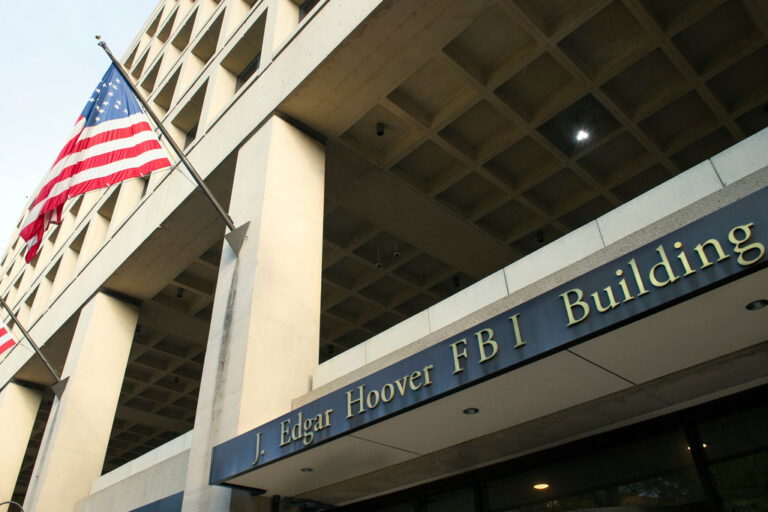
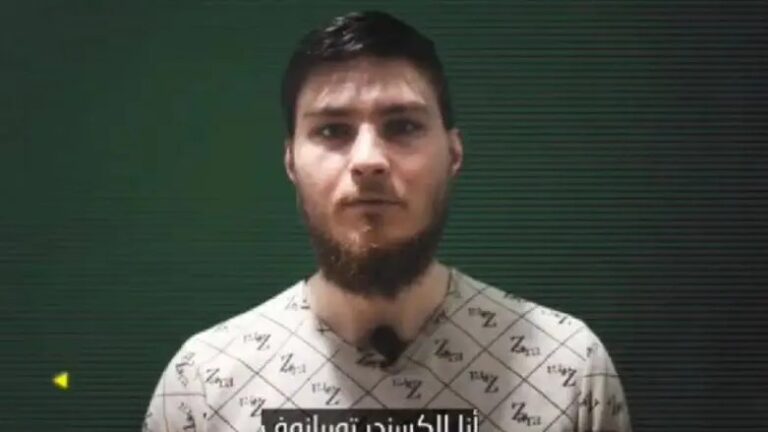
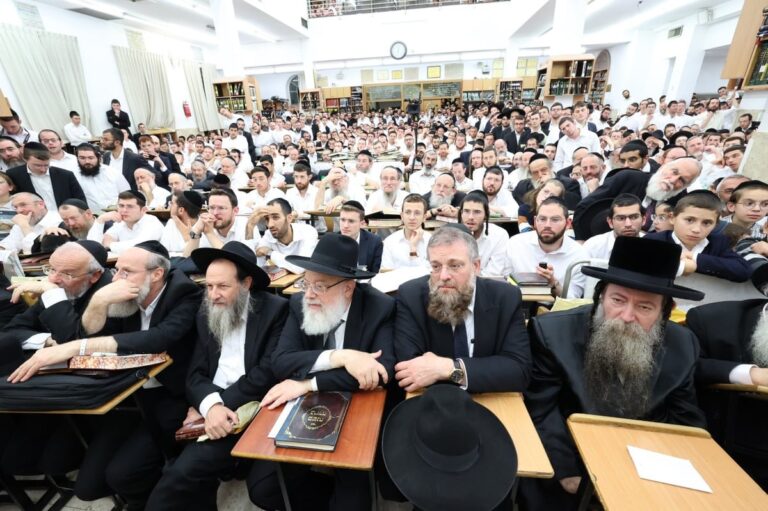


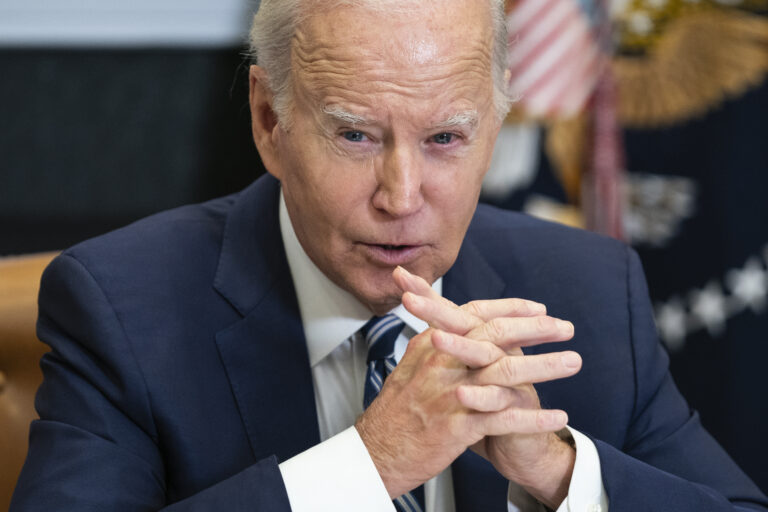


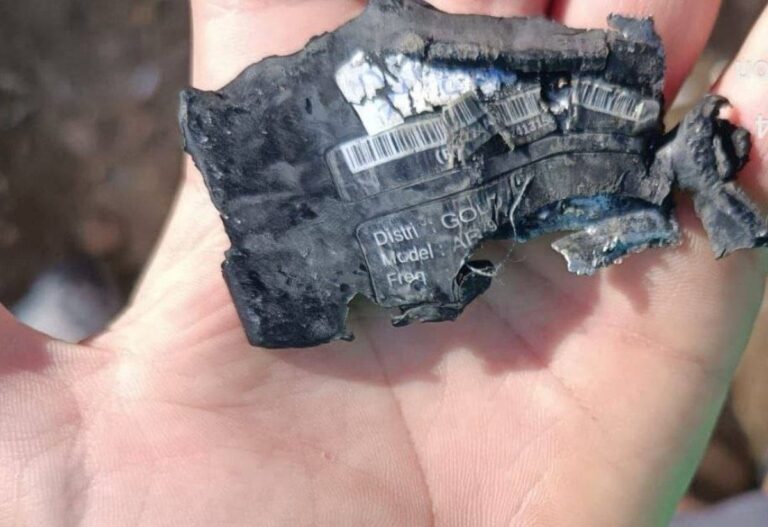

One Response
It would be interested to read an honest book that describes the Rebbe growing up and how he fit in non Jewish scoiety.
I am also curious if it mentions about the Rebbe going to college and also about the Rebbetzin going to college; from what I heard she got a degree in architecture and the rebbe got a degree in engineering.
How did this fit in with their parents values? Also to hear about the rebbe at work; I heard he worked on design of submarines for the US Navy, but what else?